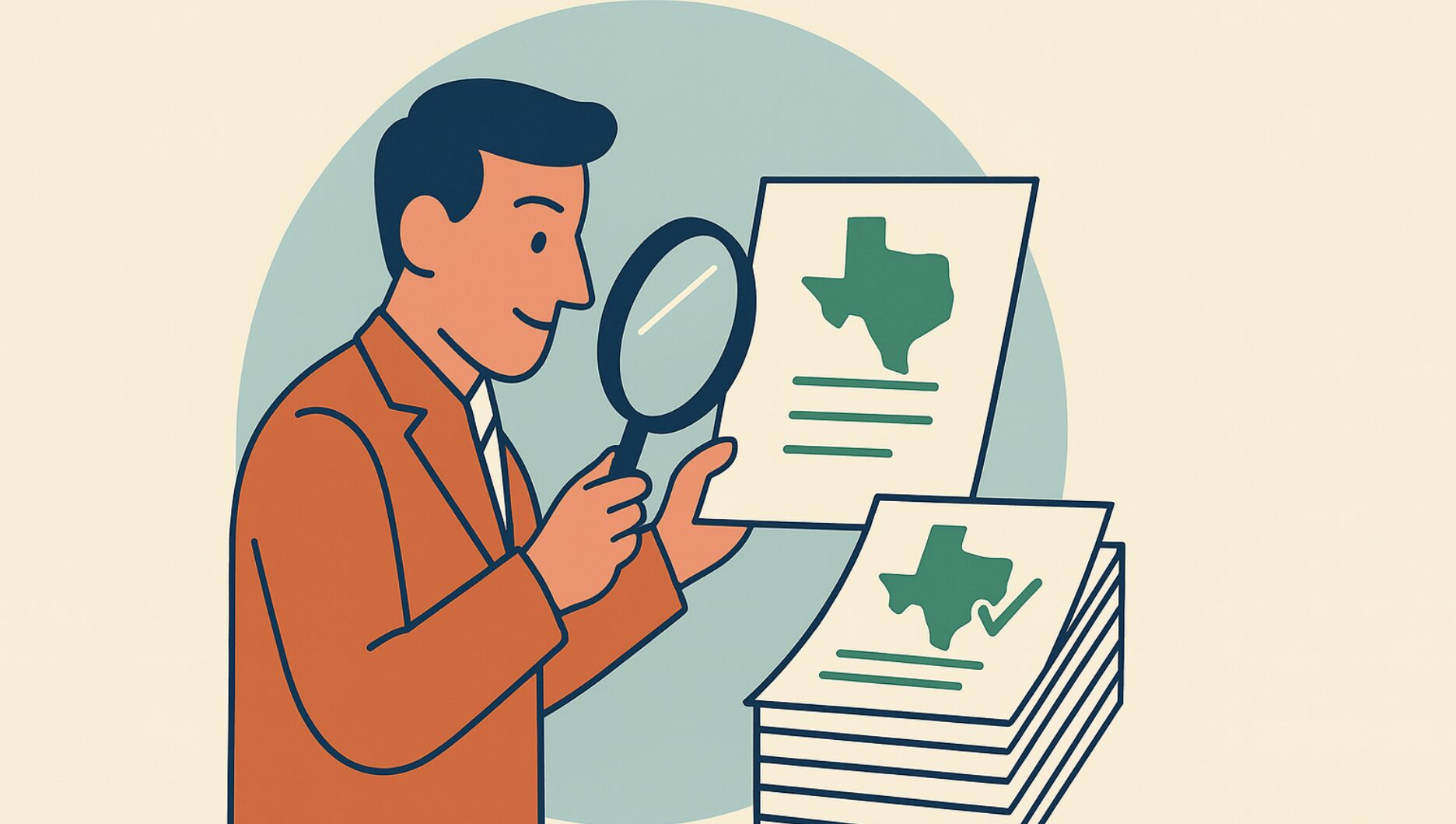In the latest economic showdown between Texas and California—the two largest U.S. states by population and economic output—the results are clear: Texas is outpacing California in job creation and overall economic performance.
Over the year leading up to September 2024, Texas added 327,400 jobs, an impressive 2.3% growth rate, while maintaining an unemployment rate of 4.1%. In contrast, California gained 265,300 jobs, or 1.5%, and continues to grapple with a rising unemployment rate of 5.3%.
These figures highlight the profound impact of the two states’ contrasting economic models.
With its more free-market policies—marked by lower taxes, minimal regulations, and a commitment to personal responsibility—Texas has fostered an environment ripe for growth. Meanwhile, California’s more interventionist, big-government approach, characterized by higher spending, taxes, and regulation, is struggling to keep up.
Texas’s Free-Market Approach: A Proven Model for Prosperity
Texas’s economic success is no accident. The state has long embraced a model of limited government intervention and a business-friendly regulatory environment. This combination has made Texas a magnet for businesses and workers seeking economic opportunity and a lower cost of living.
A key driver of Texas’s success is its lack of a personal income tax, which provides an immediate financial advantage for individuals and businesses. This tax-friendly environment has attracted major corporations, including Tesla, Oracle, and Hewlett Packard Enterprise, who have moved their headquarters to Texas in recent years.
These relocations have boosted job creation and solidified Texas’s reputation as a national leader in economic opportunity.
Texas’s economic growth is also bolstered by its diverse industry base. The state is home to many sectors, from energy and manufacturing to technology and health care, which has helped insulate it from economic downturns.
Even as national challenges like inflation and supply chain disruptions persist, Texas’s economy has grown, driven by its robust job market and pro-growth policies.
California’s Struggles: Big Government Holding Back Growth
While California remains the largest state economy in the country, its economic growth is being held back by its big-government approach. The state’s high taxes and overregulation have created significant barriers to business growth and job creation, contributing to slower employment gains and a higher unemployment rate than Texas.
One of California’s most significant challenges is its sky-high cost of living, particularly in housing. Regulatory hurdles, including restrictive zoning laws and environmental regulations, have limited the supply of affordable housing, driving up costs and forcing many residents to seek opportunities in states like Texas. This outmigration has become a growing problem for California, weakening its workforce and tax base.
Furthermore, California’s heavy reliance on government spending and expansive social programs has created long-term fiscal vulnerabilities. The state’s large budget deficits often necessitate spending cuts in public services, and its high tax rates continue to burden residents and businesses. In contrast, Texas’s greater fiscal discipline and commitment to balanced budgets have enabled the state to grow without relying on excessive government intervention or spending.
The Future for Texas: Opportunities for Continued Growth
While Texas outperforms California in job creation and economic growth, the state still has room to improve.
One key area where Texas could enhance its long-term success is by addressing government spending at the state and local levels. Despite its reputation for fiscal conservatism, Texas has seen increases in government spending in recent years, which pose challenges to its pro-growth model.
To maintain its competitive edge, Texas should continue pursuing policies that reduce the government burden on individuals and businesses. One such policy would be eliminating school district maintenance and operations (M&O) property taxes, providing substantial tax relief to homeowners and further supporting faster economic growth.
By spending less and using budget surpluses to phase out these taxes over time, Texas could solidify its position as a low-tax state and continue to attract businesses and residents seeking economic freedom.
Additionally, Texas should focus on maintaining its business-friendly regulatory environment. As states compete for talent and investment, keeping regulations minimal and predictable will ensure that Texas remains a top destination for companies and workers.
Conclusion: Texas Shows the Power of Free Markets
The latest employment data clarifies that Texas’s free-market approach is driving stronger economic growth and job creation than California’s more interventionist model.
With 327,400 new jobs added over the past year and a 4.1% unemployment rate, Texas stands as a testament to the power of low taxes, limited regulation, and fiscal responsibility. In contrast, California’s slower job growth, higher unemployment, and economic struggles reflect the limitations of big-government policies.
As Texans thrive, the state offers a blueprint for other states seeking to boost economic performance and job creation. By prioritizing free markets and personal responsibility over government intervention, Texas proves that economic prosperity comes from empowering individuals and businesses to innovate, invest, and grow. But there’s more to do!
Texans for Fiscal Responsibility relies on the support of private donors across the Lone Star State in order to promote fiscal responsibility and pro-taxpayer government in Texas. Please consider supporting our efforts! Thank you!
Get The Fiscal Note, our free weekly roll-up on all the current events that could impact your wallet. Subscribe today!




